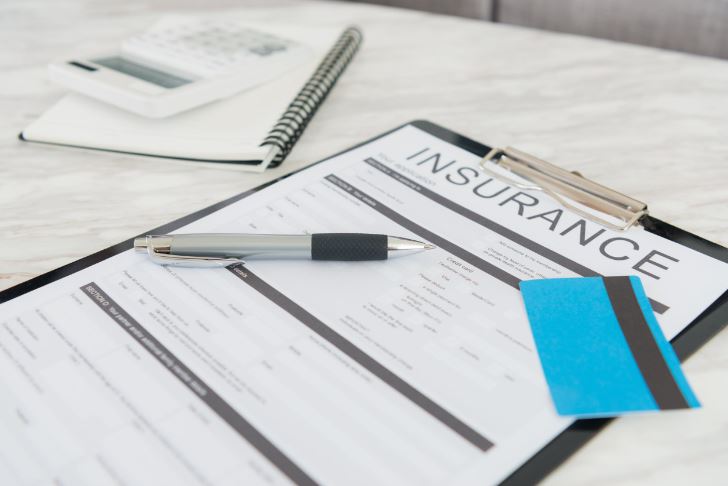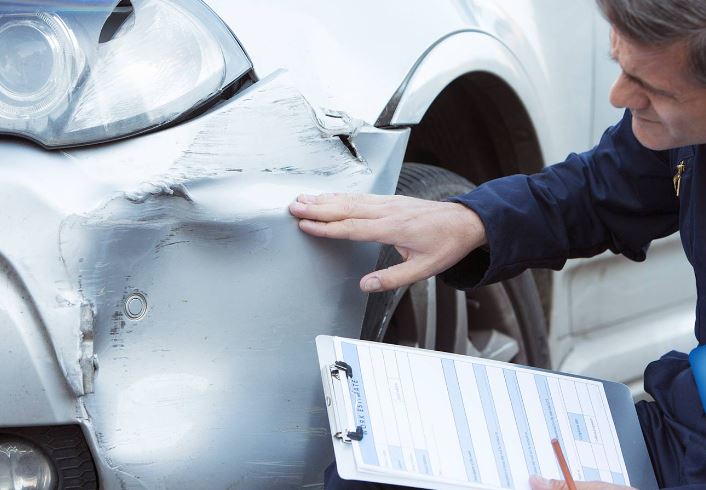Car Collision Repair: Detailed Guide to Collision Detailing
If you are involved in a car accident, there are three important things you need to do. First, you need to go to the hospital for a medical check-up to treat your injuries, if any, and also confirm that you don’t have any internal injuries that might cause complications. The second thing is to file an insurance and damage claim if you are the victim. The final thing you need to do is take your car to an auto repair shop for collision detailing.
While many people are clear on the process of the first two things, the same can’t be said for collision detailing. Therefore, in this article, we’ll reveal in detail what you need to know about this auto repair process, including some additional tips to ensure a smooth experience.
You can check out 360 Express Collision & Detailing to see some of the services an auto repair shop offers when you take your car for repair.
Collision Detailing Explained
Collision detailing involves restoring an automobile to its condition before it was involved in an accident. It is a process of fixing the damages it might have suffered during the accident. The importance of this service ensures the structural integrity of the vehicle and not just focusing on the aesthetics. Furthermore, the process also ensures that your car maintains its roadworthiness and safety. Regular maintenance checks after repairs are also recommended to keep your vehicle in top condition.
Collision Detailing Steps
Now that we understand what the process is all about, it’s time to find out the steps involved. We’ll guide you through these steps from the first evaluation and estimate for repair down to the cleaning of the vehicle and delivery. Let’s get started.
Initial Evaluation and Estimate for Repair
A thorough evaluation of the damage is the first step in the process after the vehicle arrives at the repair facility. An expert appraiser will carefully inspect the bumpers, fenders, and dents before providing a comprehensive quote. This first evaluation establishes detailed expectations by ensuring that the insurance provider and the car owner are aware of the extent of the repairs and the related costs. Make sure to ask questions during this stage to fully understand what will be done to your vehicle.
Coordination and Consent by Insurance Companies
Once you have the estimate, your attention will turn to arranging with your car insurance provider. To ensure that your insurance covers the suggested repairs, this crucial stage involves a thorough evaluation and approval procedure. It also involves negotiating and clarifying issues to make sure your insurance is aware of and approves of all repair-related details. Be proactive in following up with your insurance to avoid delays.

Disassembly for Detailed Examination
A crucial stage in the process is disassembly, which enables mechanics to find any concealed body damage to your car. This comprehensive examination of the car guarantees that all collision damage is taken care of, including the body panels and hoods’ structural integrity. Through careful disassembly of the damaged regions, the repair specialist can produce a more precise schedule for the process. This step might reveal additional repairs needed that were not visible initially.
Purchasing Spare Parts and Getting Ready for Repairs
To preserve the structural integrity and functionality of your car, the auto shop will order original equipment parts from the car manufacturers after carefully evaluating the damage. At the same time, they will carefully arrange the necessary work, making everything ready for a thorough restoration that will bring your vehicle back to its pre-accident condition. This planning guarantees a smooth transition from evaluation to repair, highlighting accuracy and quality all along the way. It’s important to ensure that only high-quality parts are used for the repair.
Body Restoration and Repair
The repair work on the body is the main step of collision detailing. The vehicle’s body panels, bumper, and fender are reshaped and repaired by knowledgeable specialists at the shop using cutting-edge equipment and methods. The objective is to return the car to its former state, repairing or smoothing out dents while making sure that every detail—from body part adhesion to wheel alignment—is flawless. Make sure that the repair shop follows the manufacturer’s guidelines for repairs.

Painting and Refinishing
The vehicle enters the refinishing phase following the completion of the mechanical and structural repairs. Here, professionals carefully match the color and texture to the original finish of the vehicle by sanding, priming, and painting. This stage shields the vehicle from future damage and corrosion in addition to improving its appearance. Ask for details on the paint used to ensure it matches the original exactly.
Component Reassembly and Alignment
The reassembly procedure starts when the painting and refinishing are finished. At this stage, the hoods, bumpers, and fenders, among other parts, are carefully reassembled. To ensure that the vehicle performs as intended, technicians make sure all the parts are properly aligned. This step ensures that your car is both aesthetically pleasing and safe to drive.
Final Inspection and Quality Control
The vehicle goes through a thorough quality control procedure before being given back to its owner. To make sure that the job satisfies the high requirements of the repair center, professionals do several safety tests and inspections. They make sure the car is in the best pre-accident shape by testing its mechanical performance, general appearance, and structural integrity. It’s a good idea to be present during this final inspection to address any concerns on the spot.
Cleaning the Vehicle and Pickup
The last phase involves a thorough washing of the car followed by an inspection with the owner. The auto shop can show off the finished job and confirm that the customer is completely satisfied. The customer also has the opportunity to physically confirm that their car has been returned to its pre-accident condition at this time. Ensure that any additional accessories or personal items removed during the repair are returned and properly installed.
Conclusion
A car collision is not a pleasant experience, but it is something we need to deal with when it happens. One of the things you need to do is to fix your car after the accident. In the article above, we’ve revealed what you need to know about the collision detailing process. By understanding each step and ensuring thorough communication with both the repair shop and your insurance provider, you can help ensure that your vehicle is restored to its original condition. Regular check-ups and maintenance post-repair are also crucial to maintaining your vehicle’s longevity and performance.

